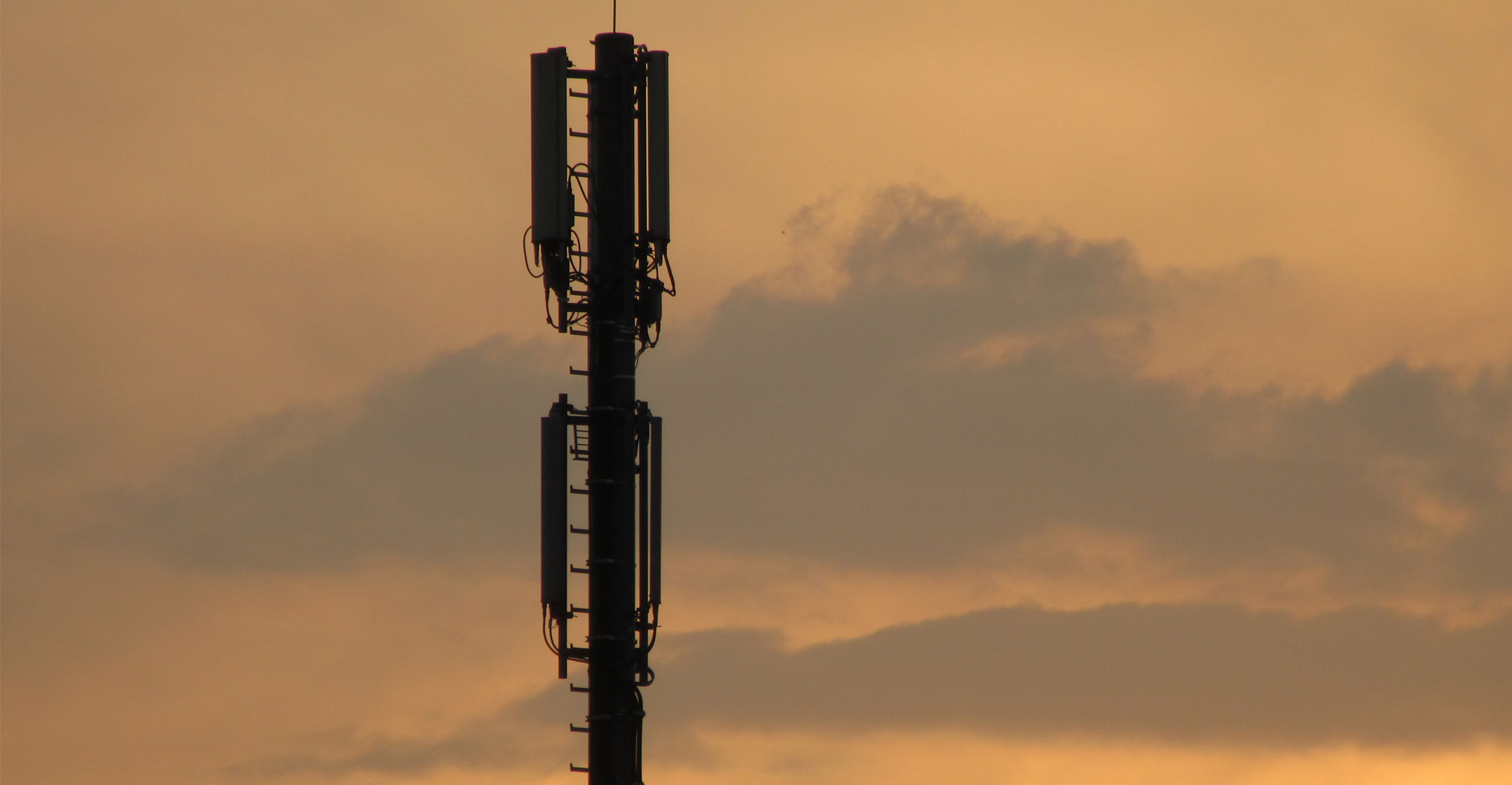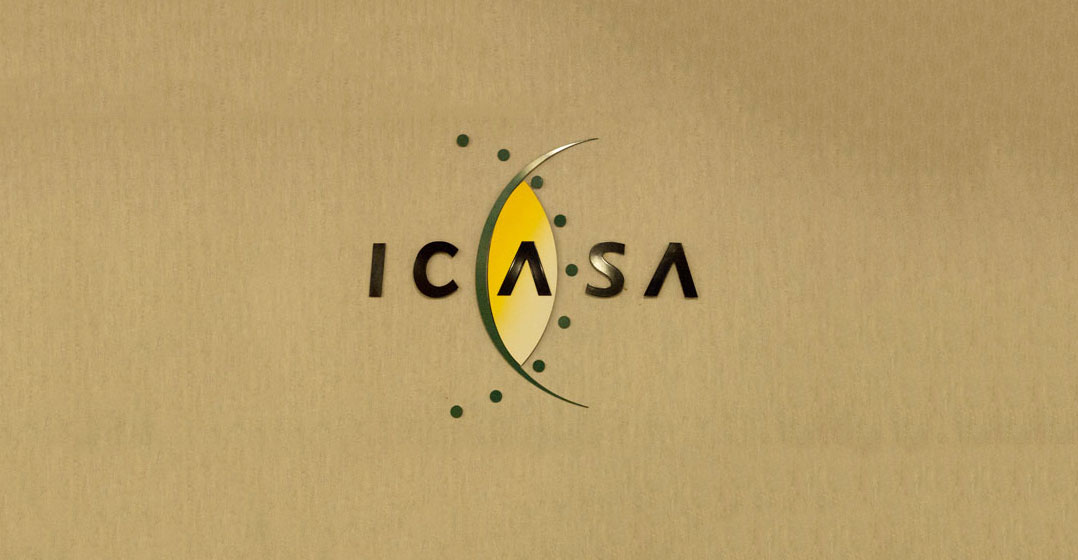 Communications regulator Icasa has assigned emergency temporary spectrum to telecommunications operators to deal with network demand during the Covid-19 crisis.
Communications regulator Icasa has assigned emergency temporary spectrum to telecommunications operators to deal with network demand during the Covid-19 crisis.
Icasa has assigned spectrum blocks in the 700MHz, 800MHz, 2.3GHz, 2.6GHz and 3.5GHz bands – the same frequencies it intends auctioning off later this year.
“Of all applications received, only 17 were found to be in line with the criteria and conditions outlined in … the regulations, which, among other things, required all prospective applicants to provide the network performance report before the Covid-19 outbreak with the currently assigned spectrum holding as well as to provide the modelled network performance with the additional spectrum they required,” the regulatory authority said.
Here are the details of the spectrum that Icasa has decided to make available on a temporary basis:
700MHz and 800MHz bands
Due to the fact that analogue and digital television broadcasting services are still operating in these frequency bands, sharing and co-existence will have to be implemented systematically through a geographic separation of mobile and broadcasting services in affected areas, Icasa said.
Telkom has been temporarily assigned 40MHz in these bands, while MTN and Vodacom have also received 40MHz each.
2.3GHz band
Telkom has been temporarily assigned 20MHz in addition to the 60MHz it already has in this band. Vodacom has received 20MHz, too.
2.6GHz band
The total amount of available spectrum in this band is 170MHz. The following applicants have been assigned spectrum: Telkom, 40MHz; Vodacom, 50MHz; MTN, 50MHz; Rain, 30MHz (in addition to the 20MHz it already has in this band).
3.5GHz band
The total amount of available spectrum in this band is 116MHz. Telkom has been assigned 12MHz out of the 32MHz applied for. “It is important to note that Telkom is currently assigned 28MHz in the 3.5GHz band and was assigned 12MHz to afford it adequate capacity spectrum to meet the demand occasioned by the pandemic during this period,” Icasa said.
Vodacom has been temporarily assigned 50MHz as applied for, while MTN has been assigned 50MHz of the 70MHz applied for. Liquid Telecom has been assigned 4MHz; which adds to the 56MHz it already has in this band.
In addition to these spectrum allocations, Icasa is also opening spectrum for television white-spaces (TVWS) technology, allowing service providers to use the gaps between television broadcasts to provide access to end users.
 It received applications from Mthinte Communications, Levin Global and Morai Solutions for the use of TVWS in the 470MHz to 694MHz band.
It received applications from Mthinte Communications, Levin Global and Morai Solutions for the use of TVWS in the 470MHz to 694MHz band.
The authorisation for use of TVWS by these applicants was granted subject to various conditions, Icasa said. If there is any harmful interference with television broadcasters, the applicants must immediately terminate their services and notify the regulator.
All successful licensees for temporary spectrum assignments must ensure they support and create virtual classrooms as determined by the department of basic education and the department of communications & digital technologies in various districts during the National State of Disaster. Furthermore, all licensees must zero-rate all Covid-19 websites identified by the department of health and published in the Government Gazette.
“The authority exercised extreme care in the assignment of this temporary spectrum to existing licensees in order to achieve the objectives of the Covid-19 regulations, which are aimed at alleviating network challenges, easing congestion and ensuring good quality of service for consumers,” Icasa said.
“In most of these assignments, applicants were granted additional spectrum as applied for. However, there are a few exceptional cases where the authority had to apply practical and non-discriminatory principles to ensure that no licensee is prejudiced.” — © 2020 NewsCentral Media




